Can Cats Eat Crab? Raw vs Cooked vs Crab Sticks Compared
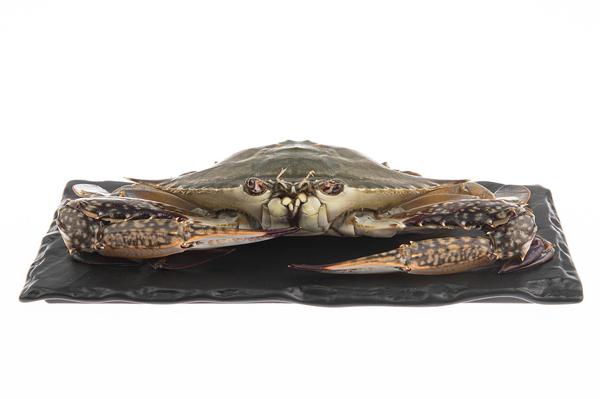
Want to know if cats can eat crab?
Ever wondered if it's okay to share your favorite seafood dish with your feline friend? 🐱
You're not alone.
We've all pondered the same thing.
Let's dive into the enticing world of crab and find out, shall we?
Can Cats Eat Crab Meat?
Can cats eat crab meat?
Let's dig into the details.
Here are some key things you need to know about feeding crab meat to cats:
- Choose fresh, high-quality crab meat: This ensures that it is free from harmful additives and preservatives. Your kitty deserves the best!
- Moderation is key: Don't go overboard with crab meat. Give small quantities occasionally as a treat to avoid vomiting and maintain their nutrient balance.
- Beware of overfeeding: Crab meat should only make up 10 percent of your cat's daily calorie intake. Too much can lead to obesity, diabetes, and kidney disease.
- Rich in nutrients: Crab meat provides omega-3 fatty acids, vitamins B, C, B6, and B12, as well as copper, zinc, calcium, magnesium, phosphorus, potassium, and selenium—essential for a healthy feline diet.
- Allergies and intolerances: Some cats may have allergies or intolerance to seafood, including crab meat. Watch out for symptoms like skin rash, respiratory problems, diarrhea, vomiting, stomach upset, and itching.
- Remove seasonings: When giving crab meat to cats, make sure to remove any seasonings, especially garlic, which can be toxic to them.
- Consider the origin: Be mindful of where the crab meat comes from. Brown crab meat from northern Norway may contain harmful levels of cadmium, so opt for safer sources.
- 🐟 Health issues: Cats with heart problems or kidney and liver issues should steer clear of crab meat to avoid complications.
Cats thrive on a balanced diet.
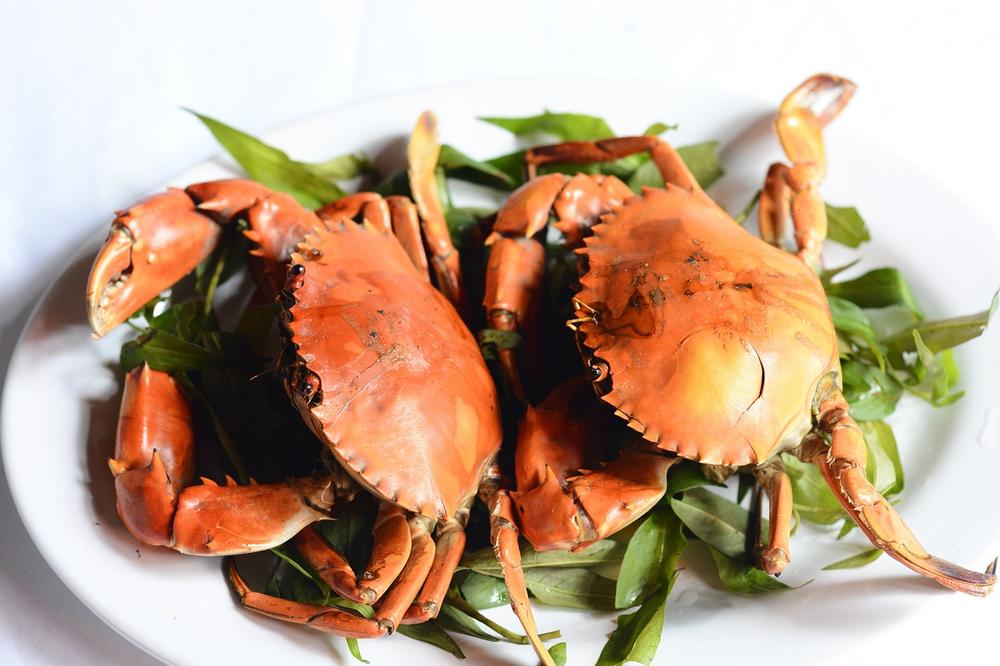
While crab meat can be a tasty addition, it shouldn't replace their regular meals.
Now you're armed with all the knowledge to keep your feline friend happy and healthy!
Main points I'll expand upon further down this article:
- Raw crab should never be given to cats due to parasites.
- Cooked and cleaned crab meat is safe for cats.
- Avoid adding spices or seasonings to crab meat for cats.
- Cooked crab meat can be an occasional snack for cats.
- Lobster can be a good alternative treat for cats.
- Raw seafood should never be fed to cats.
- Canned crab meat is not recommended for cats due to added ingredients.
Now, here's the deal...
Do you know how to properly cook crab meat for your furry friend?
The next section will unravel the secrets to eliminating potential parasites and bacteria that can pose health risks to cats.
Stay tuned to guarantee a safe treat for your beloved feline companion!
Can Cats Eat Crab Meat Raw or Cooked?
Cooking crab meat well gets rid of parasites and bacteria, making it safe for your cat.
So go ahead and feed your cat some cooked and properly cleaned crab without worry.
But raw crab is a big no-no for cats because it can be filled with harmful parasites that could hurt them.
Don't add any spices or seasonings when you cook the crab as they can harm cats too.
And if you want to switch things up, try giving your feline friend some cooked lobster instead.

Just remember to take off the shell and keep it plain.
Never give your cat raw seafood since it can have parasites and harmful bacteria.
In conclusion, feel free to treat your cat to some cooked crab or lobster every now and then - just make sure to do it safely and in moderation.
Enjoy! 😺
But is canned crab meat a safe option for cats?
Let's find out what ingredients to watch out for and why it may not be recommended for your feline friend.
Can Cats Eat Canned Crab Meat?
Inspect the ingredients of canned crab meat for substances like garlic, onion, or artificial preservatives that cats should steer clear of.
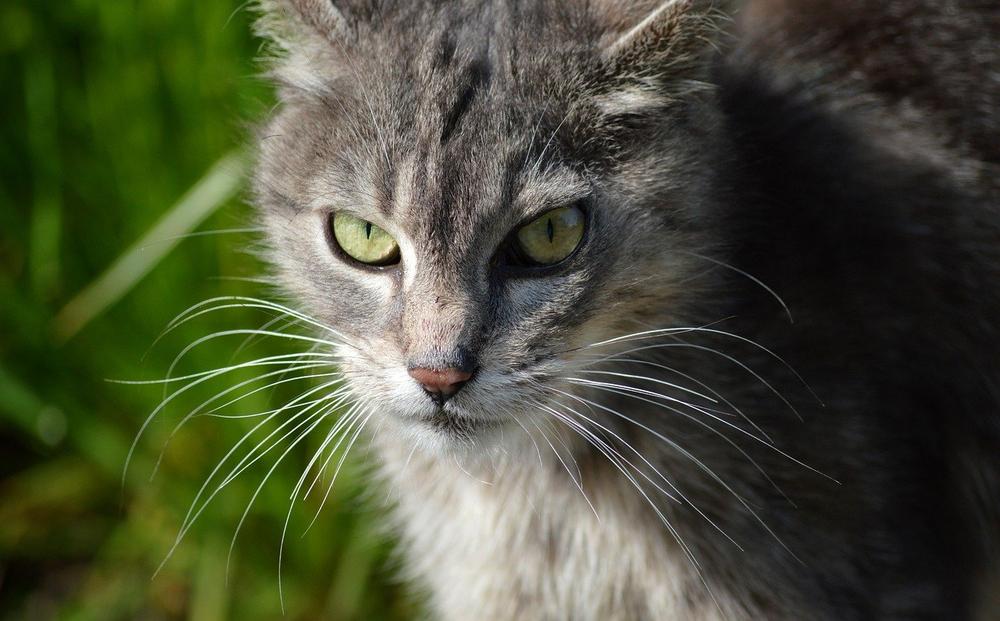
Cats should avoid this seafood delicacy due to its excessive sodium levels and added flavorings or preservatives that can adversely affect their health. By opting for cat-safe alternatives, you can guarantee that your feline companion's diet remains devoid of any harmful elements.
Can Cats Eat Crab Sticks?
Crab sticks should be given in moderation
Do you ever wonder if cats can have crab sticks?
Well, they can, but you need to know a few things before giving them to your furry friend.
Crab sticks have a lot of sodium, which is not good for cats. Too much sodium can lead to health issues like dehydration and kidney problems, so you must control their consumption.
High sodium levels can be harmful to cats
Cats have different dietary needs than humans do.
While crab sticks may seem tasty to them, they don't provide much nutrition and can actually harm your cat if eaten in large amounts.
You definitely don't want your cat to suffer from unnecessary health problems, right?
That's why it's best to either avoid giving crab sticks altogether or only give them as an occasional treat.
Your cat's health comes first
Keeping your cat healthy is essential. So, even though crab sticks might tempt their taste buds, think about the potential negative effects they could have on your furry companion.
It's always better to be safe than sorry when it comes to their health.
Cats rely on us to make smart choices for their diet, so choose treats that are both safe and beneficial for them.
Your feline friend will thank you!
But wait, there's more to know about cats and crab!
Imitation crab sticks may not be the best choice for your feline friend.
Find out why they should only be given as an occasional treat and why real crab is a much better option.
You won't believe what harmful substances imitation crab can contain... Keep reading to ensure you're making the right choice for your cat's health.
Feasibility of Cats Consuming Imitation Crab
Keep in mind these 7 points to take care of your cat:
- Don't make imitation crab a main food for your cat.
- It doesn't give them much nutritional value and has lots of carbs.
- Think of it as a special treat once in a while.
- If your cat is still young or a kitten, better avoid it altogether.
- Imitation crab has artificial stuff in it that's not great for them.
- Real crab is a way better option, full of good nutrients.
- Stay away from imitation crab because it's loaded with salt, sugar, and preservatives.
Make sure you're giving your furry buddy the best care!
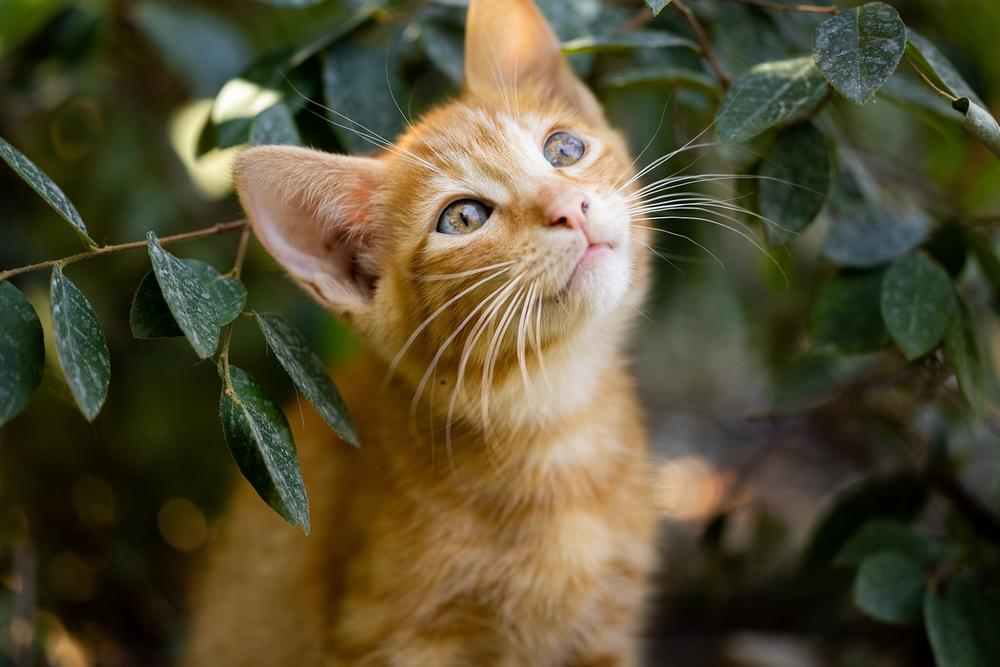
Just go for real crab - it's more nutritious.
But what about the potential risks and considerations when it comes to feeding cats real crab?
Let's dive into that now.
Can Cats Eat Crab Shell?
Can cats eat crab shells?
No, they cannot.
Here's why:
- Choking is a risk: Giving cats crab shells, especially legs and shells with sharp edges, can cause them to choke. Make sure to remove any crab shells from their food before serving it.
- Digestion problems: Cats can experience indigestion if they consume crab shells. Their digestive systems are not built to break down hard shells, leading to discomfort and potential health issues.
- Safety first: Always prioritize your cat's safety when it comes to feeding them. Stick to their regular diet of animal proteins and avoid giving them human food when possible.
- Monitor their intake: Keep an eye on how much human food, including crab shells, your cat consumes to prevent any negative reactions or health problems. Only give small pieces of crab shell sparingly, if at all.
To ensure a stress-free feeding routine for your cats, download a step-by-step guide that provides proper nutrition.
And share your experiences with feeding cats seafood below. Other pet owners would appreciate your insights.
Cats have specific dietary needs, so you have to provide them with appropriate nutrition that suits their unique physiology.
Therefore, when it comes to crab shells, it's best to err on the safe side and keep them away from your feline friends. 😀
As I mentioned earlier, it's important to prioritize your cat's safety and provide them with appropriate nutrition.
That's why I highly recommend checking out my article Can Cats Eat Mussels.
It addresses another common question many cat owners have regarding seafood and provides valuable insights.
Are Other Shellfish Safe for Cats?
In addition to crab meat, cats can also enjoy other shellfish like shrimp, provided they are prepared correctly.
You should cook the shrimp thoroughly, remove the shells, and ensure there are no added seasonings or salt. Plain, unseasoned shrimp can be a tasty and healthy treat for cats.
However, you ought to please bear in mind that not all shellfish is safe for cats.
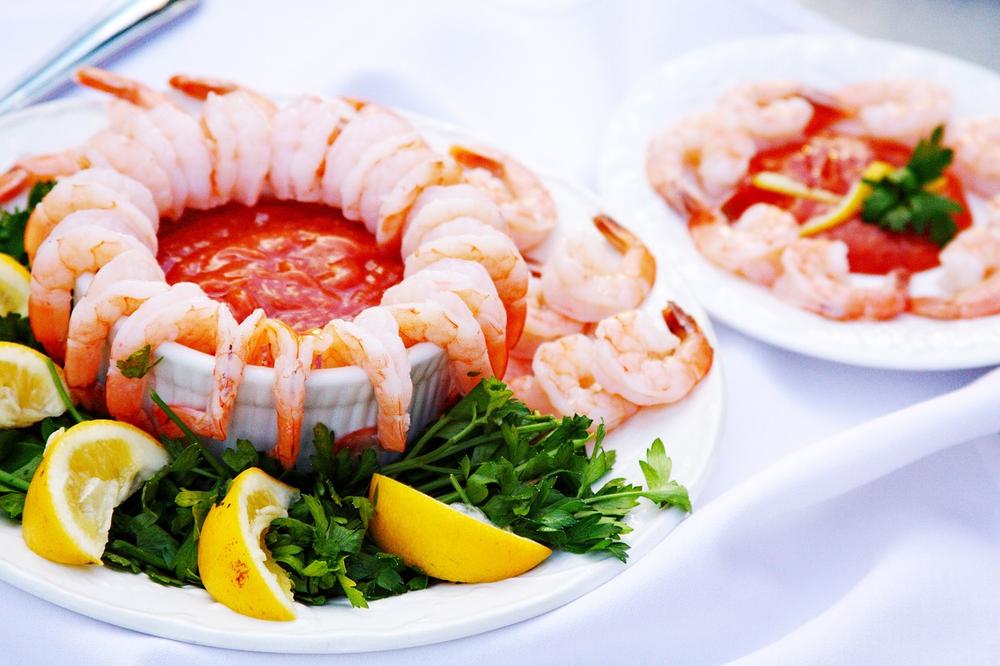
Shellfish such as oysters and mussels should be avoided.
These types of shellfish contain enzymes that can be toxic to our feline friends.
When feeding your cat fish, stick to popular varieties like tuna, salmon, and sardines.
These fish can be given to cats in moderation as long as they are properly cooked and free from any added seasonings or salt.
To summarize:
- Shrimp can be fed to cats if cooked thoroughly and without seasoning.
- Avoid giving cats oysters and mussels due to their toxic enzymes.
- Stick to popular fish choices like tuna, salmon, and sardines for cats.
- Ensure the fish is properly cooked and does not contain added seasonings or salt.
Always consult with your veterinarian before introducing new foods into your cat's diet.
And that wraps up today's article.
Before you leave, can I ask you something? Did my blog post help you out at all? If it did, it would mean the world to me if you shared it with your loved ones. Simply click on any of the social media icons to easily share. Thank you so much!
Talk soon,
-Sarah Davis